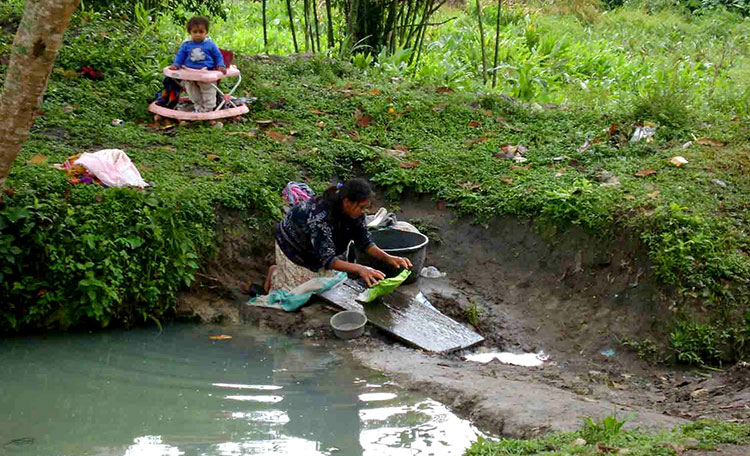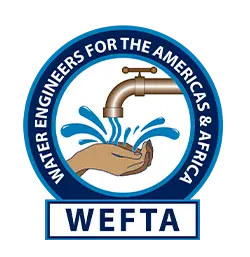Guatemala
WEFTA engineers have worked in Guatemala since 2010 to address water and sanitation issues.
With approximately 59% of the population living below the national poverty level and 23% living in extreme poverty, Guatemala is the poorest country in Central America.
Approximately 40% of the population of Guatemala is indigenous and consists of 23 Maya groups and one non-Maya group.
Health inequalities disproportionally affect indigenous people in rural Guatemala. Only 33% of indigenous populations here have access to improved sanitation, compared to 70% of non-indigenous populations. Most rural areas have only rudimentary latrines and no conventional sewer systems; each community is responsible for their own water supply and potable water services coverage is estimated to be about 55 percent.
Water quality in Guatemala has become an important issue as the country has experienced below average levels of rainfall due to drought conditions.
Every time we send a crew on a trip to either help or assess a community, we ask our volunteers to write a Trip Report that details the trip through their eyes. These reports provide not only a first-hand perspective on our efforts to help communities, but also a glimpse of what it is like to be a WEFTA volunteer.
Sources:
Capital: Guatemala City
Size/Area: 108,889 sq. km.
Population: 18,255,216 (2024)
Languages: Spanish
Regions: northern lowlands, Pacific coast, east-west trending central mountainous highlands


